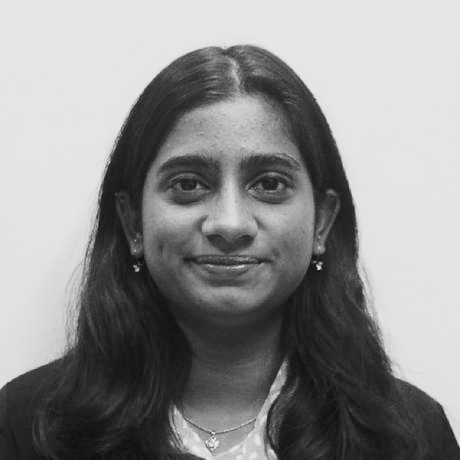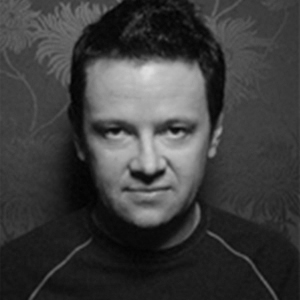Deep Learning for Automatic Mixing  #
#
This is a web book written for a tutorial session of the 23rd International Society for Music Information Retrieval Conference, Dec 4-8, 2022 held at Bengaluru, India in hybrid format. The ISMIR conference is the world’s leading research forum on processing, searching, organising and accessing music-related data.
Overview#
Mixing is a central task within audio post-production where expert knowledge is required to deliver professional quality content, encompassing both technical and creative considerations. Recently, deep learning approaches have been introduced that aim to address this challenge by generating a cohesive mixture of a set of recordings as would an audio engineer. These approaches leverage large-scale datasets and therefore have the potential to outperform traditional approaches based on expert systems, but bring their own unique set of challenges. In this tutorial, we begin by providing an introduction to the mixing process from the perspective of an audio engineer, along with a discussion of the tools used in the process from a signal processing perspective. We then discuss a series of recent deep learning approaches and relevant datasets, providing code to build, train, and evaluate these systems. Future directions and challenges will be discussed, including new deep learning systems, evaluation methods, and approaches to address dataset availability. Our goal is to provide a starting point for researchers working in MIR who have little to no experience in audio engineering so they can easily begin addressing problems in this domain. In addition, our tutorial may be of interest to researchers outside of MIR, but with a background in audio engineering or signal processing, who are interested in gaining exposure to current approaches in deep learning.
Motivation#
Music mixing is a crucial task within audio post-production where expert knowledge is required to deliver professional music content [DMRS17]. This task encompasses both technical and creative considerations in the process of combining individual sources into a mixture, often involving the use of audio processors such as equalization, dynamic range compression, panning, and reverberation [WMMS20]. Due to this complexity, the field of intelligent music production (IMP) [SRDM19] has focused on the design of systems that automate tasks in audio engineering. These systems aim to lower the difficulty in creating productions by novice users, as well as expedite or extend the workflow for professionals [MS19b].
In recent years, researchers have investigated automatic mixing, the task of constructing a system to automatically create a cohesive mixture from a set of recordings as would a human audio engineer [DMRS17]. Existing approaches include adaptive signal processing [PGR09], rule-based [DMR13], machine learning[MS19a], and most recently deep learning [MartinezRamirezSM21, SPPSerra21] approaches. While deep learning approaches that leverage large-scale datasets have the potential to outperform traditional approaches, their performance is still far from professional audio engineers motivating further investigation in the design and evaluation of these systems.
While applications of deep learning in MIR have continued to broaden, applications in audio engineering still remain under-investigated leaving a number of open research questions. However, the growing body of research in MIR tasks such as music source separation [StoterULM19], music generation [BHP17], and music classification [WFBS20] provide insights into advancing applications in audio engineering. Therefore, the ISMIR community stands to benefit from a tutorial that introduces the basics and intricacies of music mixing as along with the discussion on existing approaches and open challenges. Our hope is to raise awareness of MIR from the perspective of audio engineering and further stimulate research interest in this area within the MIR community.
Citing this book#
If you use this book or any of accompanying code in your work please consider citing this book.
@book{steinmetz2022automix,
Author = {Steinmetz, Christian J. and Vanka, Soumya Sai and Martínez Ramírez, Marco A. and Bromham, Gary},
Month = Dec.,
Publisher = {ISMIR},
Title = {Deep Learning for Automatic Mixing},
Year = 2022,
Url = {https://dl4am.github.io/tutorial},
}




